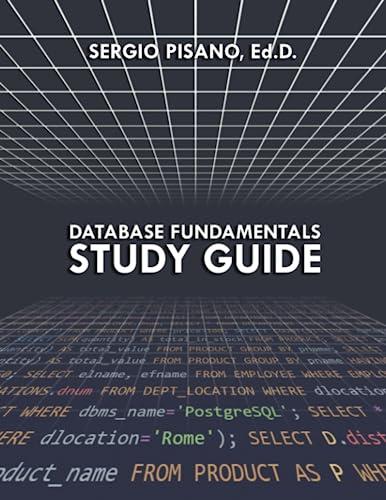Answered step by step
Verified Expert Solution
Question
1 Approved Answer
The resulting conflict may be resolved in a purely A . deterministic way. C . concurrent. B . non - deterministic . D . synchronization.
The resulting conflict may be resolved in a purely
A deterministic
way.
C concurrent.
B nondeterministic
D synchronization.
means that the transitions and are both ready to fire but the
firing of any leads to the disabling of the other transitions.
A Conflict
B Concurrency.
C Synchronization.
D Sequential Execution.
A
may have zero or more tokens.
A transition
B place.
C arc.
D none of the above
means that transition can fire only after the firing of This impose
the precedence of constraints after
A Conflict
B Concurrency.
C Synchronization.
D Sequential Execution.
means that the transition will be enabled only when a token there
are at least one token at each of its input places.
A Con:lict
C Synchronization.
B Concurrency.
D Sequential Execution.
A marked graph consists of:
A nodes actors
C number of tokens on edges
B edges
D All the Above.

Step by Step Solution
There are 3 Steps involved in it
Step: 1

Get Instant Access to Expert-Tailored Solutions
See step-by-step solutions with expert insights and AI powered tools for academic success
Step: 2

Step: 3

Ace Your Homework with AI
Get the answers you need in no time with our AI-driven, step-by-step assistance
Get Started


